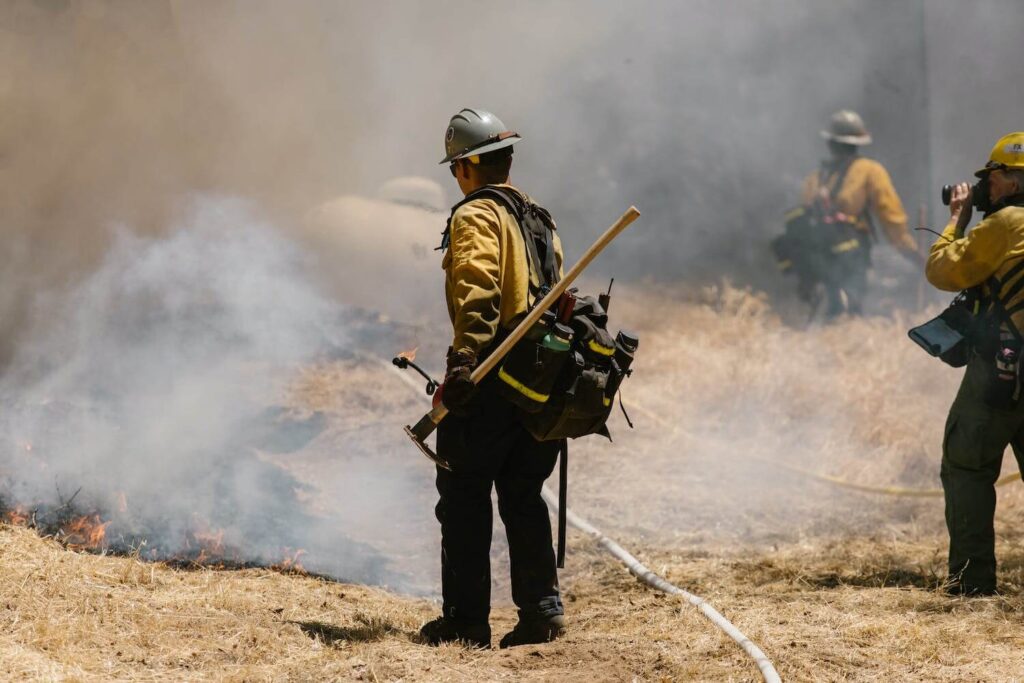Ensuring a safe workplace is a cornerstone of a successful business.
While reactive safety measures are crucial, the proactive approach of preventing accidents before they occur is vital. Implementing comprehensive preventative safety actions not only protects employees but also increases productivity and minimizes operational disruptions.
Three Key Areas for Preventative Safety Measures
Three key areas where proactive safety measures play a pivotal role are:
- Vehicle and equipment maintenance
- Housekeeping
- Proper storage of chemicals
Vehicle and Equipment Preventative Maintenance:
In industries relying on vehicles and heavy machinery, regular maintenance is essential to safety. Well-maintained equipment ensures not only operational efficiency but also significantly reduces the risk of accidents and injuries.
Routine Inspections:
Conducting frequent and thorough inspections is fundamental in identifying potential issues before they become incidents. From checking fluid levels to examining structural integrity, these inspections pinpoint problems early, preventing failures.
Scheduled Maintenance Programs:
Establishing a rigorous maintenance schedule is crucial. Adhering to manufacturer recommendations ensures that equipment functions optimally and prolongs its lifespan. This can include oil changes, filter replacements, and inspections.
Employee Training:
Empower employees with training on basic equipment maintenance and recognition of warning signs. Encouraging a culture where employees are proactive in reporting concerns can pre-emptively address potential hazards. Want to learn how to create a culture where employees feel safe to report issues, check out our other post about How to Build a Strong Safety Culture.
Housekeeping Practices:
The importance of maintaining a clean and organized workplace cannot be exaggerated. Simple yet effective housekeeping practices significantly contribute to accident prevention

Organization:
Clear and organized workspaces reduce the risk of accidents. Develop protocols for tool storage, ensure walkways are unobstructed, and encourage employees to maintain a tidy workspace.
Regular Cleanup Procedures:
Instituting regular cleanup schedules is a must. This includes promptly addressing spills, removing debris, and maintaining proper waste disposal methods, as well as regular cleaning and tidying. Encouraging employees to take ownership of their work areas fosters a collective responsibility for safety.
Safety Signage:
Employ visible signage for hazard areas, wet floors, or restricted zones. Clear communication through signage helps mitigate potential risks and raises awareness among employees.
Proper Storage of Chemicals:
Industries dealing with hazardous substances must adhere to strict guidelines for the safe handling and storage of chemicals. Proper protocols minimize the risk of accidents, contamination, and health hazards.
Labeling and Documentation:
All chemicals must be clearly labelled with essential information, including handling instructions, expiration dates, and potential hazards. Regularly review and update the documentation to ensure accuracy.
Storage Facilities and Ventilation:
Designate specific areas equipped with proper ventilation systems for chemical storage. Ventilation prevents the accumulation of harmful gases or fumes. Also, separate incompatible chemicals to prevent reactions that could lead to accidents or fires.
Training and Emergency Response:
Conduct comprehensive training sessions on proper chemical handling, spill containment, and emergency response protocols. Equip employees with the knowledge and tools to swiftly address chemical-related incidents.
Implementing and reinforcing these proactive safety measures should be an ongoing process. Regular audits and assessments to evaluate the effectiveness of these protocols are essential. Encourage feedback from employees to continuously refine safety measures and foster a workplace culture where safety is not just a policy but a shared value.
By prioritizing preventative safety actions, businesses not only safeguard their workforce but also demonstrate a commitment to ethical and responsible operations. Investing in safety initiatives yields dividends in employee morale, retention rates, and overall operational efficiency.
Remember, a safe workplace is the result of collective efforts. It requires commitment, continuous education, and a shared responsibility among all employees.
